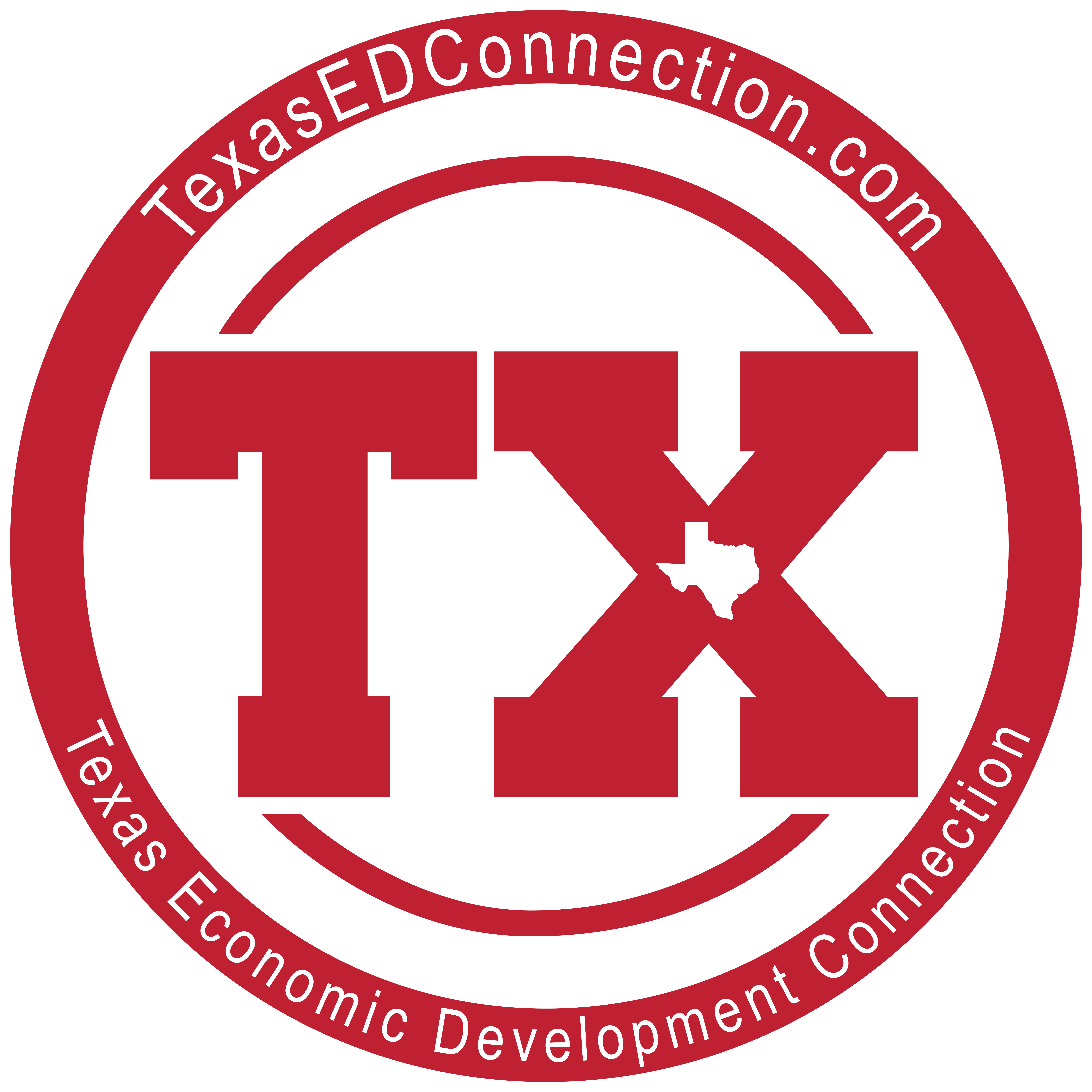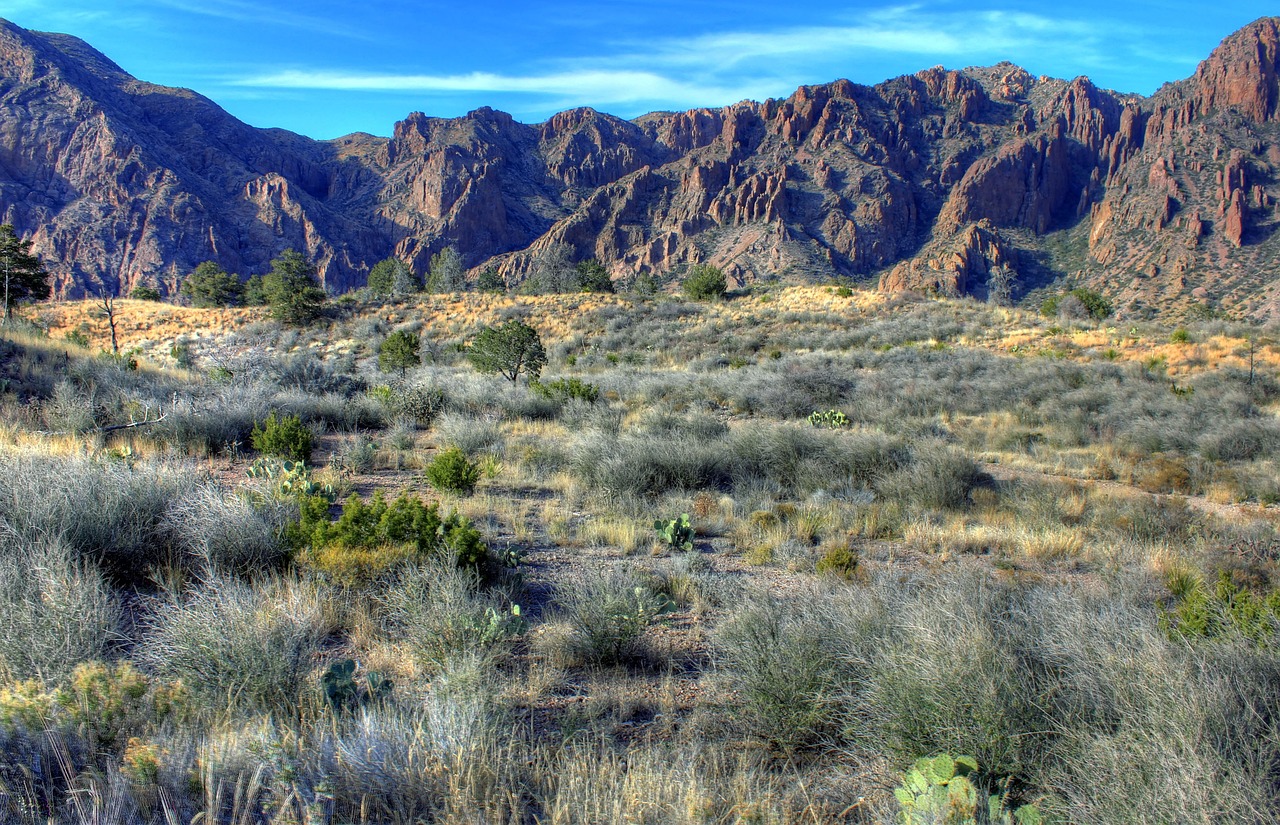There are plenty of reasons why relocating to Texas is appealing. There’s the variety of gorgeous landscapes and a collection of warm and welcoming communities, and the Lone Star State also has a vibrant economy, a central location, a favorable business climate, and a growing population. In fact, in the last decade, Texas gained more jobs than any other state. The Federal Reserve Bank of Dallas notes that more than 25,000 establishments moved to Texas from 2010 to 2019. From small manufacturing businesses to big tech corporations, and from retail establishments to oil and gas, there are so many industries that are thriving in the great state of Texas. Are you considering making the move? Read on to learn what you should know about Lone Star State regions before you relocate to Texas.
Get to know the Alamo. There’s nothing like south-central Texas. This area, which stretches from Fredericksburg and Kerrville in the Hill Country to Port Lavaca on the Gulf Coast, includes two major metropolitan areas: San Antonio-New Braunfels and Victoria. It’s an area known for its rolling hills, charming towns, and rich cultural heritage. That rich history comes from indigenous cultures, Spanish colonial missions, Western culture, and even German immigrant influences. While agriculture, ranching, and farming are important in rural areas of the region, the cities have become economic hubs, attracting businesses and contributing significantly to the region’s economic growth. The Alamo region has a robust economy with a strong presence in healthcare, tourism, finance, manufacturing, and tech.
All about Austin. The Capital Region of Texas is both a cultural hub and an outdoor paradise, but it’s not just the city of Austin; this region includes some of the fastest-growing communities in the state. It’s well known for its diverse business sectors as well as its accessibility, thanks to the many roadways, railways, and airports that are nearby. The pro-business environment of Texas contributes to the growth of businesses here. From food and beverage to medical devices and high-tech equipment, Austin’s small manufacturers cater to all different sectors.
Center on Central Texas. This 20-county region is right in the heart of Texas, and it includes 3 bustling economic centers: College-Station, Killeen, and Waco. Being near major universities like Texas A&M and Baylor can bring so much life to a region. Attractions like the Magnolia Market in Waco is also a nice draw for the area. Major business clusters in region include manufacturing, information systems, and tech.
Go coastal. People don’t usually think of beaches when they think of Texas, but the Gulf Coast region in eastern coastal Texas offers some real, natural beauty. It also includes the Houston-Woodlands-Sugarland MSA, with the economic center at Houston.
Find the High Ground of Texas. The 41-county High Plains region has large plains, punctuated by canyons and mesas. Its 41 counties are decidedly more affordable than other areas of Texas. Amarillo and Lubbock are the region’s MSAs, and they feature communities with a slower pace, a solid work ethic, proximity to important markets, and a lower cost of living. Agriculture and energy are major drivers of the economy here, and education and tourism are growing as well.
Go Metro. The Metroplex region of Texas has 19 counties, including the Dallas-Fort Worth area. With its proximity to urban, suburban, and rural areas, The Metroplex has become one of the most desirable locations to live in the nation. It’s also a business-friendly innovation hub with a strong workforce, and strengths in manufacturing, finance, healthcare, and logistics.
North by Northwest. This area, which includes the cities of Abilene and Wichita Falls, has grown its tourism sector, thanks to historical attractions and natural beauty. It also features a diversified economy that’s driven by agriculture and healthcare, and there’s plenty of room for growth.
Head south. The South and Southeast Texas regions foreign trade zones and some amazing manufacturing hubs. Major ports like Brownsville and Corpus Christi and cities like Laredo, McAllen, San Antonio, and Victoria have great talent pools as well as plenty of emerging businesses. The Beaumont-Port Arthur MSA has companies such as ExxonMobil and Valero, and offers opportunities for more economic development too.
The Yellow Rose. Longview, Texarkana, and Tyler are the three MSAs in this region, which features massive industrial sites and major biomedical research parks. There’s plenty of access via the robust interstate infrastructure including access to key ports and distribution centers.
The Grand Rio Grande. Tucked between the Franklin Mountains and the beautiful Rio Grande river, the Upper Rio Grande region includes the El Paso MSA, right near the Texas-Mexico border. El Paso is truly a great mix of a major metropolitan center and a charming western town. Its diversified economy continues to branch into new industries, including small manufacturing.
Go West. The Midland, Odessa, and San Angelo MSAs make up the West region of Texas. The major business clusters in the area include energy, manufacturing, transportation, distribution, and oil and gas.
Texas boasts a collaborative economic system, complete with all kinds of incubators, accelerators, and support for businesses. If you’re planning to relocate to Texas, The Texas Economic Development Connection can help. Working in cooperation with government agencies, chambers of commerce, and economic development organizations all over the state, they support small businesses who are ready to expand or relocate to Texas. Reach out to the Texas Economic Development Connection to learn more.




